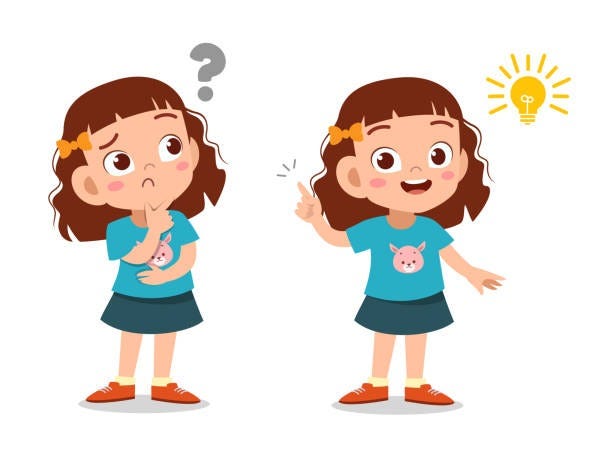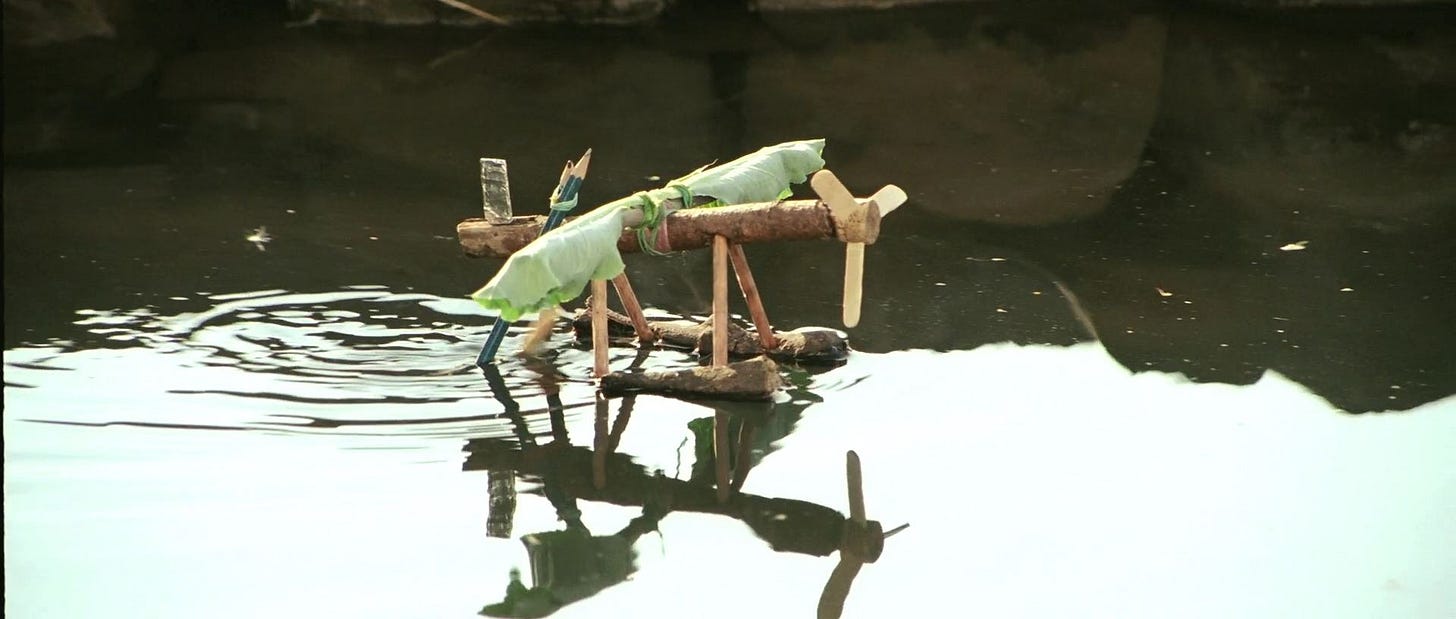Building Resourcefulness in Children
Helping children turn “I can’t” into “Let me figure it out!”
“On the final day of the school science fair, Arjun’s windmill propeller snapped just before judging. While his team panicked, Arjun calmly gathered ice-cream sticks, borrowed a rubber band, and rebuilt it on the spot “
The project didn’t win first prize, but it stood out for something far more valuable — Arjun’s incredible resourcefulness
What is resourcefulness?
Think of resourcefulness as your inner superpower — the power to figure things out even when you don’t have everything you need, or when nothing goes as planned.
It’s the skill that helps you say, ‘Okay, this didn’t work — what else can I try?’ instead of giving up.
Why does it matter?
Because life isn’t a straight road with clear signs. Sometimes the plan fails, the tools are missing, or the instructions make no sense. That’s when resourcefulness steps in.
Without resourcefulness, children can:
Give up too soon when things get tough.
Depend on adults for every solution.
Feel helpless if they don’t have the "right" tools or answers.
Miss chances to use their own creativity and strengths.
With resourcefulness, kids become:
Confident problem-solvers.
Comfortable asking for help.
Flexible thinkers who bounce back after setbacks
So, how do we build resourcefulness?
Multiple pathways- When kids set a goal, big or small — encourage them to think of not just one way to reach it, but at least 2-3 different paths.
Example: Want to make a birthday card?Draw one.
Make a digital version.
Record a fun video message.
The more paths they can see, the more confident they become in finding solutions.
“What else can you do?” game- Every time your child hits a roadblock — lost a notebook, can’t find a favorite shirt — pause before solving it. Instead, ask:
“What else can you do?”
At first, they might shrug. But with practice, they’ll start generating options themselves. This builds their ‘think-on-your-feet’ muscle beautifully.
Experiment box-Create a simple experiment box at home — filled with random materials like rubber bands, paper clips, empty boxes, and string.
Now and then, give a fun challenge:
“Can you build a bridge for your toy car using only things from the box?”This playful activity builds creativity and comfort with trial-and-error — both essential parts of resourcefulness.
Board games- Board games, treasure hunts, and puzzles sneak in problem-solving skills naturally. Try:
Scrabble – Forming words from tricky letters.
Dixit – Thinking creatively about stories.
Jenga – Strategic thinking under pressure.
Curiosity and observation- Take your child out — to the market, to a park, or even to a friend’s house — and play the “What do you notice?” game.
Ask them to spot interesting things:How does the vegetable seller arrange her stall?
Why do street dogs gather near the tea shop?
The more they observe and wonder, the more “tools and tricks” they collect for later problem-solving.
Network as resources- Kids often think they have to do everything alone — but life works best when we ask for help. Teach them to see people around them as valuable resources.
Want to learn magic tricks? Ask your uncle who’s great at card tricks.
Need help with a project? Call that older cousin who loves science.
Knowing how to reach out to the right people is one of life’s smartest skills.
Inner strength as resources- Lastly, help your child know themselves. What are they naturally good at? Are they creative? Great with people? Super organized?
When they know their inner strengths, they can lean on those when solving problems. Example: If they’re shy to ask for help, but really good at writing, they could write a polite note instead of speaking up directly.
Self-awareness + creativity = lifelong resourcefulness.
Remember, our children need more than textbook knowledge — they need the confidence and creativity to find their own way when life gets tricky. Let’s raise kids who believe there’s always a way — because they know how to find it.








